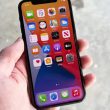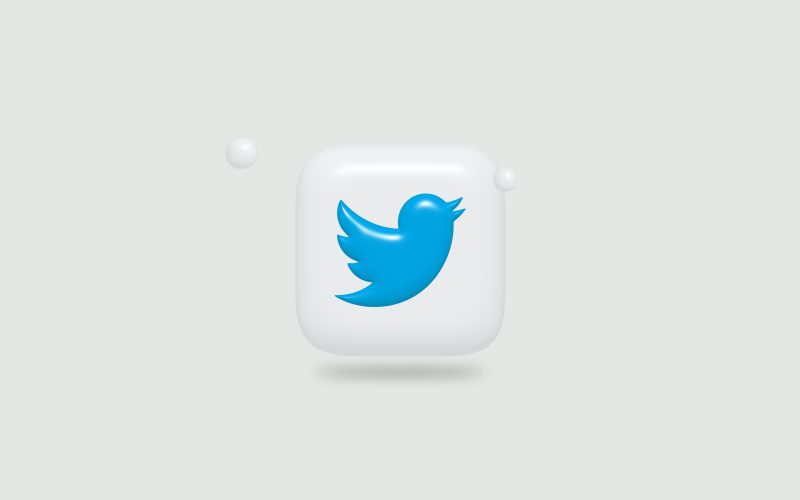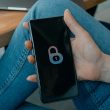Elon Musk has once again found himself at the center of controversy, this time over a new move that’s left Twitter users divided. The billionaire entrepreneur recently announced that his social media platform will now charge a fee for verified blue checkmarks – a feature previously free for all users. While some applaud the move as a means of curbing fake accounts and spam, others see it as an unfair cash grab by one of the world’s richest men. So what does this latest development mean for Twitter’s future, and how are people reacting to the news? Let’s dive in and find out.
Who is Elon Musk?
Elon Musk, the founder of Tesla and SpaceX, has been a controversial figure on Twitter for some time. Recently, he caused a stir when he announced that he would be charging people for access to his verified account. This move divided the Twitter community, with some people praising Musk for his entrepreneurial spirit and others criticizing him for creating a paywall around information that should be free.
Musk is no stranger to controversy. He has been criticized in the past for his comments on social media, including calling one user a “pedo guy” and suggesting that another user was working for the CIA. He also caused an uproar when he tweeted that he was taking Tesla private at $420 per share, which many people saw as an attempt to manipulate the stock market.
Despite all of this controversy, Musk remains a highly respected figure in the tech industry. He is known for his innovative thinking and his ability to turn his vision into reality. He has changed the way we think about transportation with Tesla’s electric cars and SpaceX’s rockets, and he continues to push boundaries with his work on artificial intelligence and neural lace technology.
Whether you love him or hate him, there’s no denying that Elon Musk is one of the most fascinating people in the world today.
Why did he start charging for Twitter verification?
As Twitter looks to increase its revenue streams, it has begun charging for verification, a process that gives users a blue check mark next to their name. The move has divided the Twitter community, with some arguing that it’s a necessary step to help the platform clean up its act, while others believe it will only further alienate users.
So why did Twitter start charging for verification? While the company has not given a specific reason, it is likely due to the growing demand for verified accounts. In the past, Twitter has been criticized for its lax verification process, which has allowed people with fake or misleading accounts to obtain verification. By charging for verification, Twitter can help ensure that only legitimate users are verified and hopefully reduce the spread of misinformation on the platform.
Of course, there is also the financial incentive for Twitter. Verified accounts are seen as more valuable to advertisers, so by charging for verification, Twitter can bring in more money from brands looking to reach its user base. Ultimately, whether or not you think this is a good move by Twitter likely depends on your own personal opinion.
How much does it cost to get verified on Twitter?
As of last week, Twitter is now allowing users to pay to get verified. That’s right, for the low, low price of $99.99 per month, you can have that little blue check mark next to your name. This has caused quite a stir on the social media platform, with many users decrying the move as elitist and tone-deaf.
Twitter has long been criticized for its verification process, which has been opaque and seemingly arbitrary. The new paid system seems to be an attempt to address those concerns, but it’s not clear if it will be any more transparent or fair than the old one. And the high price tag is sure to exclude many users who would otherwise benefit from being verified.
So what do you think? Is Twitter’s new paid verification system a good idea? Or is it just another way for the rich and famous to buy their way to the top?
What are the pros and cons of this new system?
When Elon Musk announced that Twitter would be introducing a new system where users could pay to have their tweets verified with a blue check mark, the reaction was divided. Some people thought it was a great idea and that it would help reduce spam and make the platform more exclusive. Others thought it was a terrible idea that would only serve to further divide the Twitter community.
So, what are the pros and cons of this new system? Let’s take a look:
PROS:
– It will help reduce spam on the platform by making it harder for fake accounts to get verified.
– It will make Twitter feel more exclusive, which could attract more high-profile users to the platform.
– It could generate revenue for Twitter, which has been struggling financially in recent years.
CONS:
– It will likely further divide the Twitter community between those who can afford to pay for verification and those who cannot.
– There is concern that this could lead to corruption, as people with money could essentially buy their way into verification.
How do you feel about this change?
In May 2020, Twitter CEO Jack Dorsey announced that the social media platform would no longer be free for all users. Instead, Twitter would start charging a monthly fee for access to certain features, such as a verified blue check mark and advanced search options.
The reaction to this change has been mixed, with some users feeling that it is unfair to have to pay for something that was previously free. Others feel that the change is necessary in order to keep the platform running and to improve the quality of content.
What do you think about this change? Are you willing to pay for access to Twitter’s advanced features? Let us know in the comments below!
Conclusion
Elon Musk’s most recent move to charge a fee for blue check verification on Twitter has sparked discussions online. Supporters argue that it weeds out the fakes and allows verified accounts to stand out from the crowd, while opponents claim that it is unfair – especially as those with fewer followers may be unable to afford this payment. Ultimately, it will be up to users of Twitter whether they are willing to pay the fee or not. In any case, this could certainly create an interesting dynamic in how we perceive authenticity on social media platforms moving forward.












